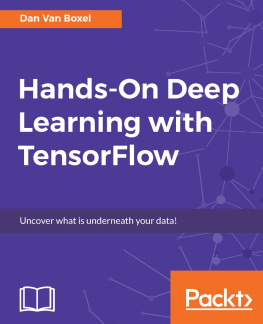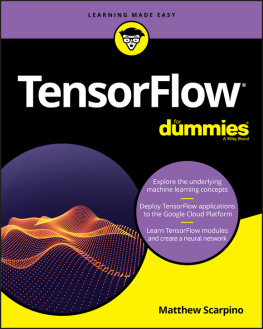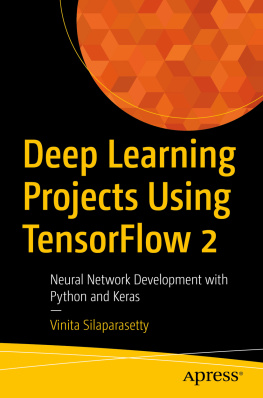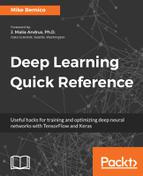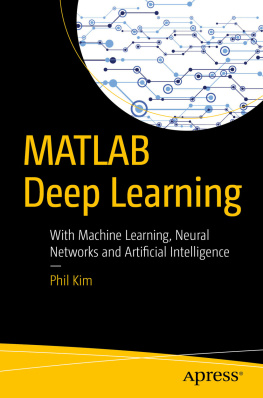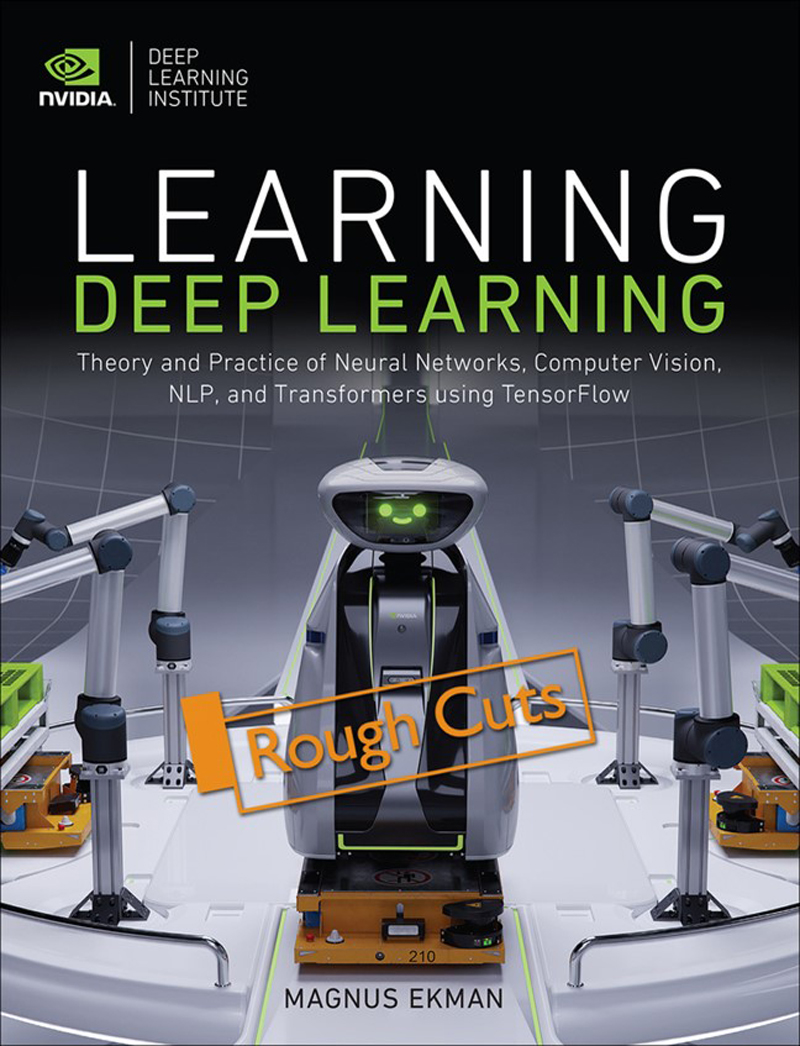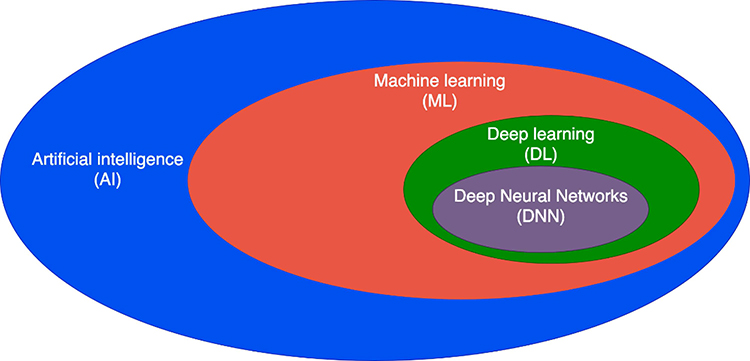You will also learn about ways to represent words from a natural language using an encoding that captures some of the semantics of the encoded words. You will then use these encodings together with a recurrent neural network to create a neural-based natural language translator. This translator can automatically translate simple sentences from English to French or other similar languages, as illustrated in .
Figure P-2A neural network translator that takes a sentence in English as input and produces the corresponding sentence in French as output
Finally, you will learn how to build an image-captioning network that combines image and language processing. This network takes an image as an input and automatically generates a natural language description of the image.
What we just described represents the main narrative of LDL. Throughout this journey, you will learn many other details. In addition, we end with a medley of additional important topics. We also provide appendices that dive deeper into a collection of the discussed topics.
What Is Deep Learning?
We do not know of a crisp definition of what DL is, but one attempt is that DL is a class of machine learning algorithms that use multiple layers of computational units where each layer learns its own representation of the input data. These representations are combined by later layers in a hierarchical fashion. This definition is somewhat abstract, especially given that we have not yet described the concept of layers and computational units, but in the first few chapters, we provide many more concrete examples of what this means.
A fundamental part of DL is the deep neural network (DNN), a namesake of the biological neuron, by which it is loosely inspired. There is an ongoing debate about how closely the techniques within DL do mimic activity in a brain, where one camp argues that using the term neural network paints the picture that it is more advanced than it is. Along those lines, they recommend using the terms unit instead of artificial neuron and just network instead of neural network. No doubt, DL and the larger field of artificial intelligence (AI) have been significantly hyped in mainstream media. At the time of writing this book, it is easy to get the impression that we are close to creating machines that think like humans, although lately, it articles that express some doubt are more common. After reading this book, you will have a more accurate view of what kind of problems DL can solve. In this book, we choose to freely use the words neural network and neuron but recognize that the algorithms presented are more tied to machine capabilities than to how an actual human brain works.
In this book, we use red text boxes like this one when we feel the urge to state something that is somewhat beside the point, a subjective opinion or of similar nature. You can safely ignore these boxes altogether if you do not find them adding any value to your reading experience.
Let us dive into this book by stating the opinion that it is a little bit of a buzz killer to take the stance that our cool DNNs are not similar to the brain. This is especially true for somebody picking up this book after reading about machines with superhuman abilities in the mainstream media. To keep the illusion alive, we sometimes allow ourselves to dream a little bit and make analogies that are not necessarily that well founded, but to avoid misleading you, we try not to dream outside of the red box.
To put DL and DNNs into context, shows how they relate to the machine learning (ML) and AI fields. DNN is a subset of DL. DL in turn is a subset of the field of ML, which in turn is a subset of the greater field of AI.
Figure P-3Relationship between artificial intelligence, machine learning, deep learning, and deep neural networks. The sizes of the different ovals do not represent the relative size of one field compared to another.
Deep neural network (DNN) is a subset of DL.
DL is a subset of machine learning (ML), which is a subset of artificial intelligence (AI).
In this book, we choose not to focus too much on the exact definition of DL and its boundaries, nor do we go into the details of other areas of ML or AI. Instead, we choose to focus on what DNNs are and the types of tasks to which they can be applied.
Brief History of Deep Neural Networks
In the last couple of sections, we loosely referred to networks without describing what a network is. The first few chapters in this book discuss network architectures in detail, but at this point, it is sufficient to think of a network as an opaque system that has inputs and outputs. The usage model is to present something, for example, an image or a text sequence, as inputs to the network, and the network will produce something useful on its outputs, such as an interpretation of what the image contains, as in .


